232°C. Not 231. Not 233.
That’s the exact temperature Guinness roasts its barley to unlock the flavor, aroma, and deep black color that define the world’s most iconic stout. But behind that glowing red number—etched in neon at the Guinness Storehouse in Dublin—lies a deeper story. Guinness didn’t just brew a great beer. It built a resilient company.
Over 3.2 million pints are produced each day. Every one made to exacting standards. Every one born from a process that’s been refined, protected, and scaled over centuries.
I visited the Guinness Storehouse in Dublin this week, and in this article, I share the story of how Guinness—a company founded before the United States existed—has weathered war, recession, cultural change, and global expansion without losing its flavor or its soul.
A Bold Beginning: 9,000 Years of Vision
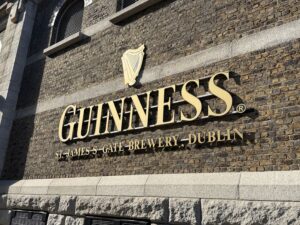
Guinness was founded in 1759 by Arthur Guinness, who famously signed a 9,000-year lease on a disused brewery at St. James’s Gate in Dublin. The lease cost £45 a year. That level of long-term thinking would come to define the brand.
Arthur started small but thought big. At a time when beer quality was wildly inconsistent, Guinness focused on consistency and character. By 1799, the brewery had stopped producing traditional ales to focus solely on its dark porter, a bold move that laid the foundation for global expansion.
Innovation as a Pillar of Survival
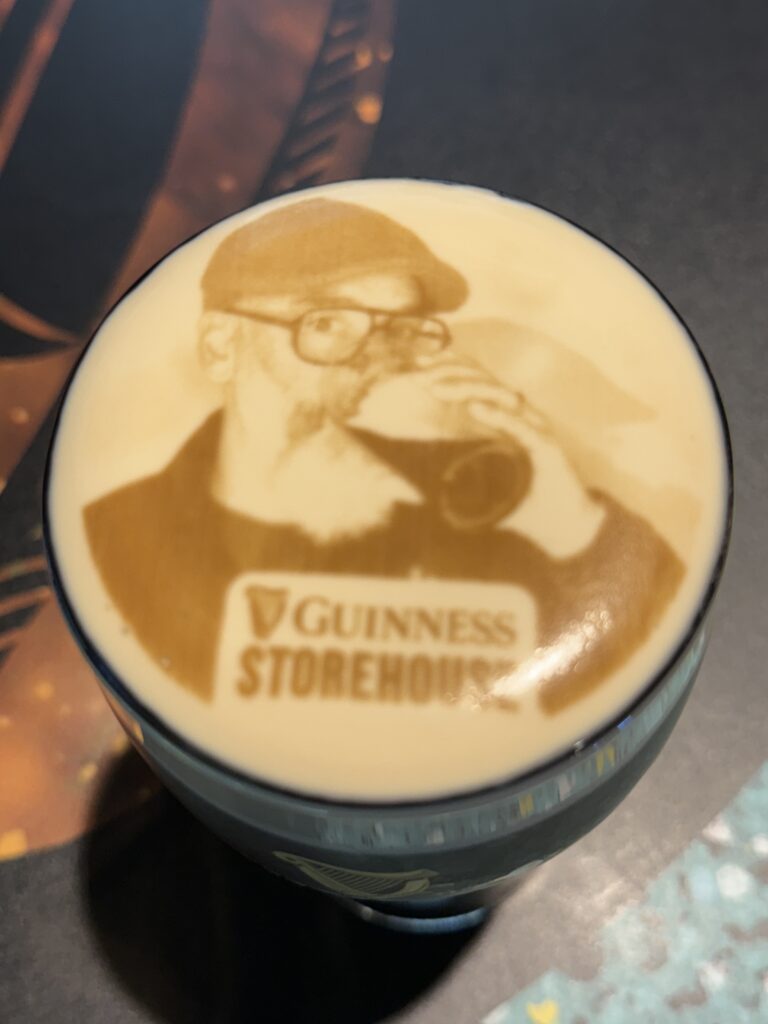
From the start, Guinness understood that innovation wasn’t the enemy of tradition—it was the protector of it.
The brewery adopted cutting-edge technology throughout its history. In the 19th century, Guinness was one of the first brewers to hire scientists and use laboratories to test beer quality. They pioneered pasteurization, invested in advanced transport networks, and kept meticulous records. Every step of the process—from water sourcing to barrel shipment—was documented and refined.
This level of detail made Guinness not only better, but repeatable. And in business, repeatability is resilience.
Surviving War, Depression, and Global Shifts
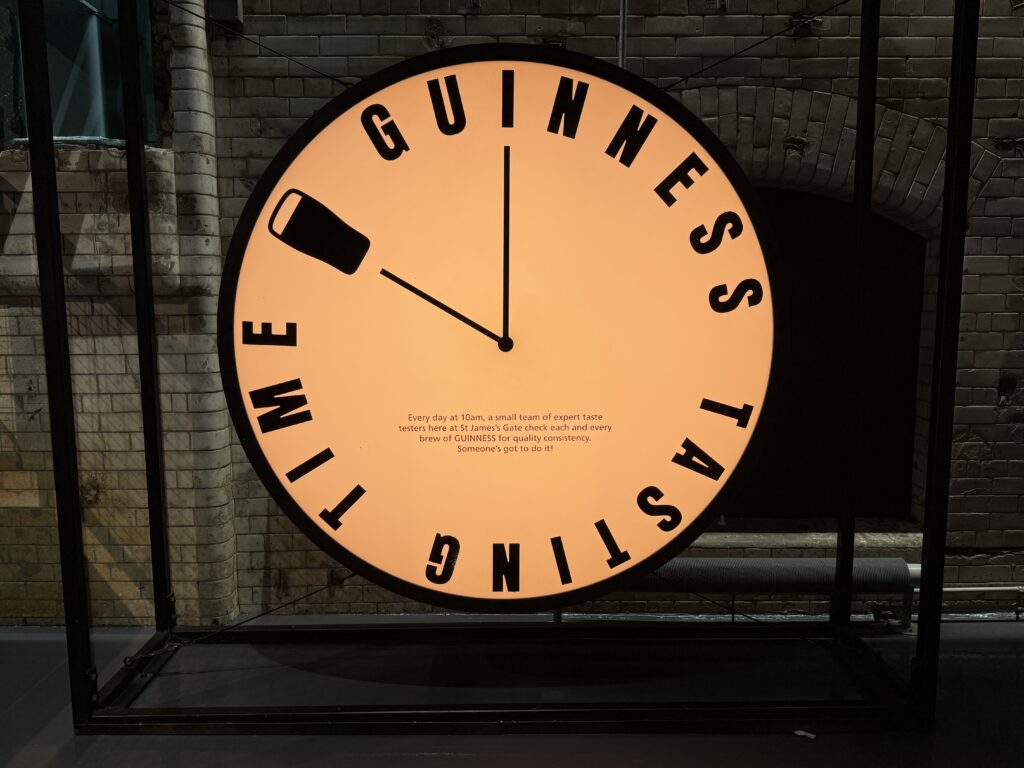
Guinness brewed through World War I and II, maintained operations during economic recessions, and adapted to the rationing and resource shortages that crippled other businesses.
During the Great Depression, while others collapsed or cut back, Guinness continued brewing and even increased exports. In the 20th century, it expanded into new markets—Africa, Asia, North America—establishing itself as a global symbol of Ireland and quality.
When alcohol consumption declined in parts of the world, Guinness didn’t panic. It adapted its branding, diversified product lines, and later introduced non-alcoholic versions of its classic stout to meet modern health trends—all without diluting the core product.
The Power of Process: 232°C as a Metaphor
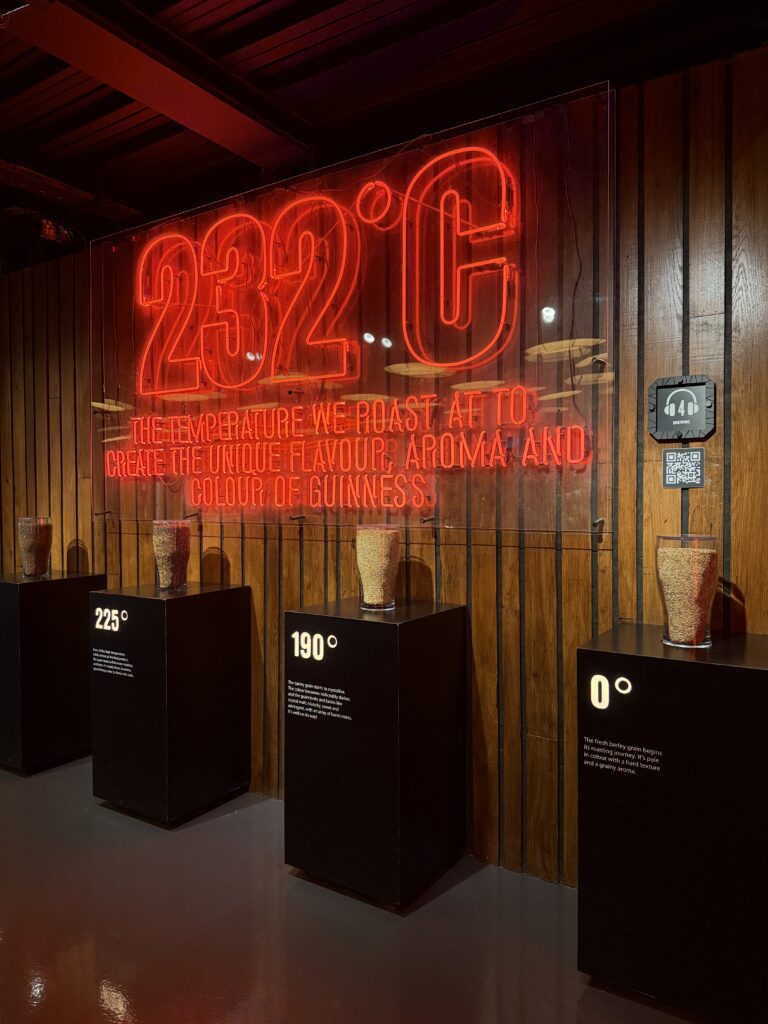
That neon display at the Guinness Storehouse isn’t just for show. It represents the heart of the Guinness process: a precise roast temperature that’s been tested and held for generations.
This level of specificity—down to a single degree—is what separates resilient companies from fragile ones.
Some businesses try to scale before they lock in their “recipe.” Others fear that scaling will sacrifice quality. Guinness shows there’s a third path: nail the process, protect it with systems, and scale with confidence.
Legacy Through Systems, Not Luck
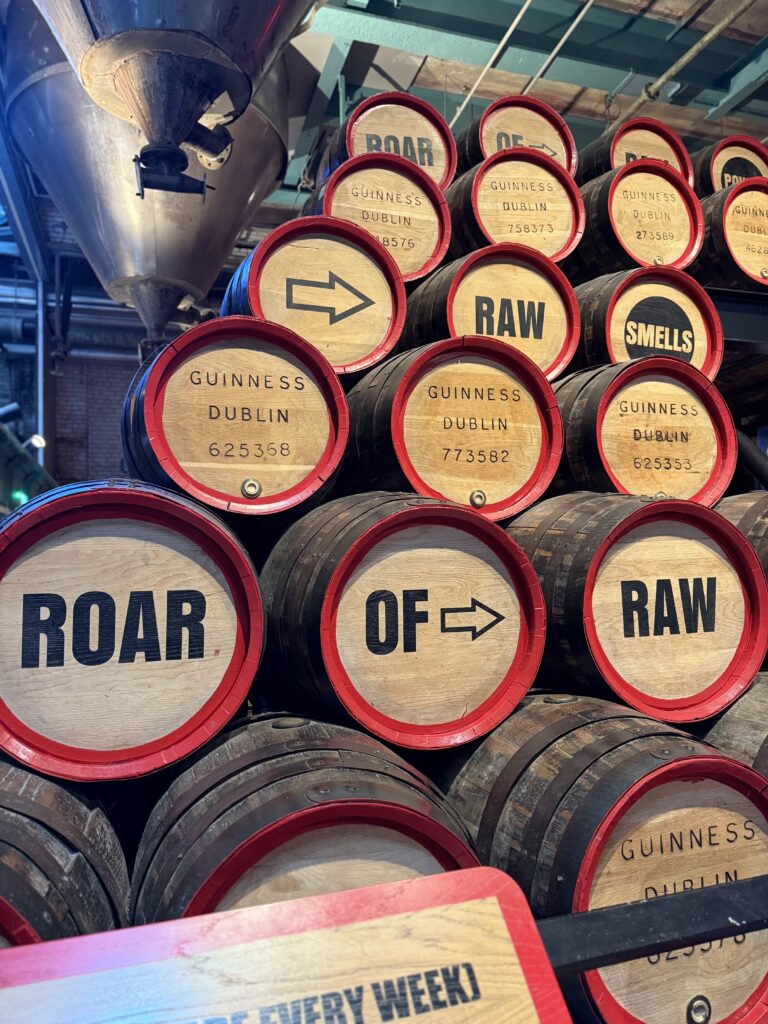
Guinness has never been afraid to build systems. Training programs, quality control labs, logistics networks, advertising consistency—they didn’t rely on talent alone. They turned their method into a machine.
This made it possible for Guinness to be poured in Lagos, London, or Los Angeles with the same rich taste and creamy head you’d get at the brewery in Dublin. Systems don’t limit greatness—they preserve it.
Brand Resilience in a Changing World
From the iconic toucan ads of the mid-20th century to today’s global campaigns, Guinness has stayed relevant without becoming trendy. It knows what it is. It knows what it’s not.
That clarity is part of what makes the brand so durable. In an era of rapid pivots and endless rebrands, Guinness remains unmistakable.
Even its forays into sustainability and non-alcoholic options feel like thoughtful evolution—not reactive marketing. That’s the power of a strong core.
Resilience Lessons from the Black Stuff
The Guinness story is more than a business case study. It’s a masterclass in how to build something that lasts:
- Get precise. Find your 232°C—the exact process or principle that defines your product.
- Build systems. Make excellence repeatable.
- Adapt without abandoning your core. Evolution is necessary, but don’t compromise your essence.
- Think long-term. A 9,000-year lease is overkill. But 10-year thinking? That’s rare and powerful.
- Trust process over personality. A great product shouldn’t rely on a single individual—it should thrive through disciplined systems.
Final Pour
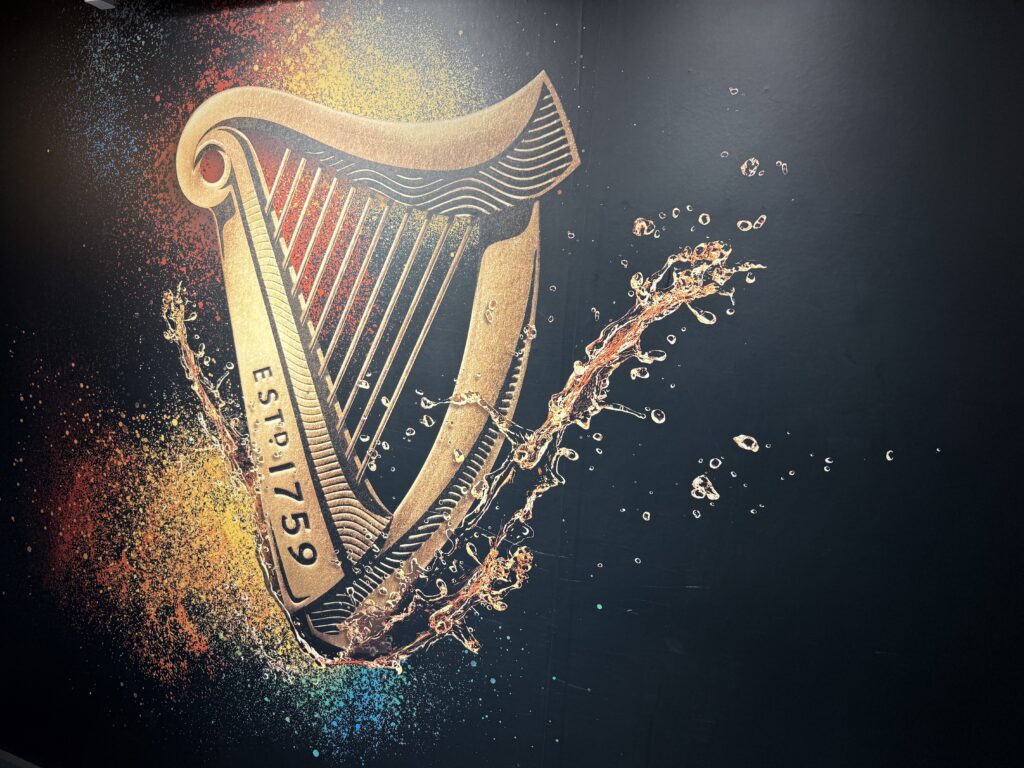
In a world obsessed with speed, Guinness is a reminder that resilience comes from depth, not haste. It’s not just about lasting—it’s about lasting well.
Entrepreneurs, founders, and leaders: what’s your version of 232°C?
When you find it, guard it. Then scale it.

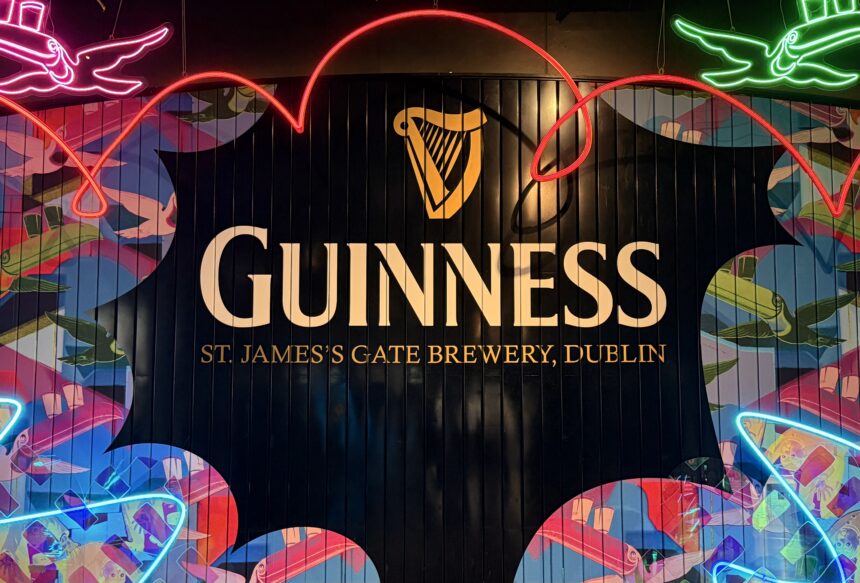
Leave a Reply